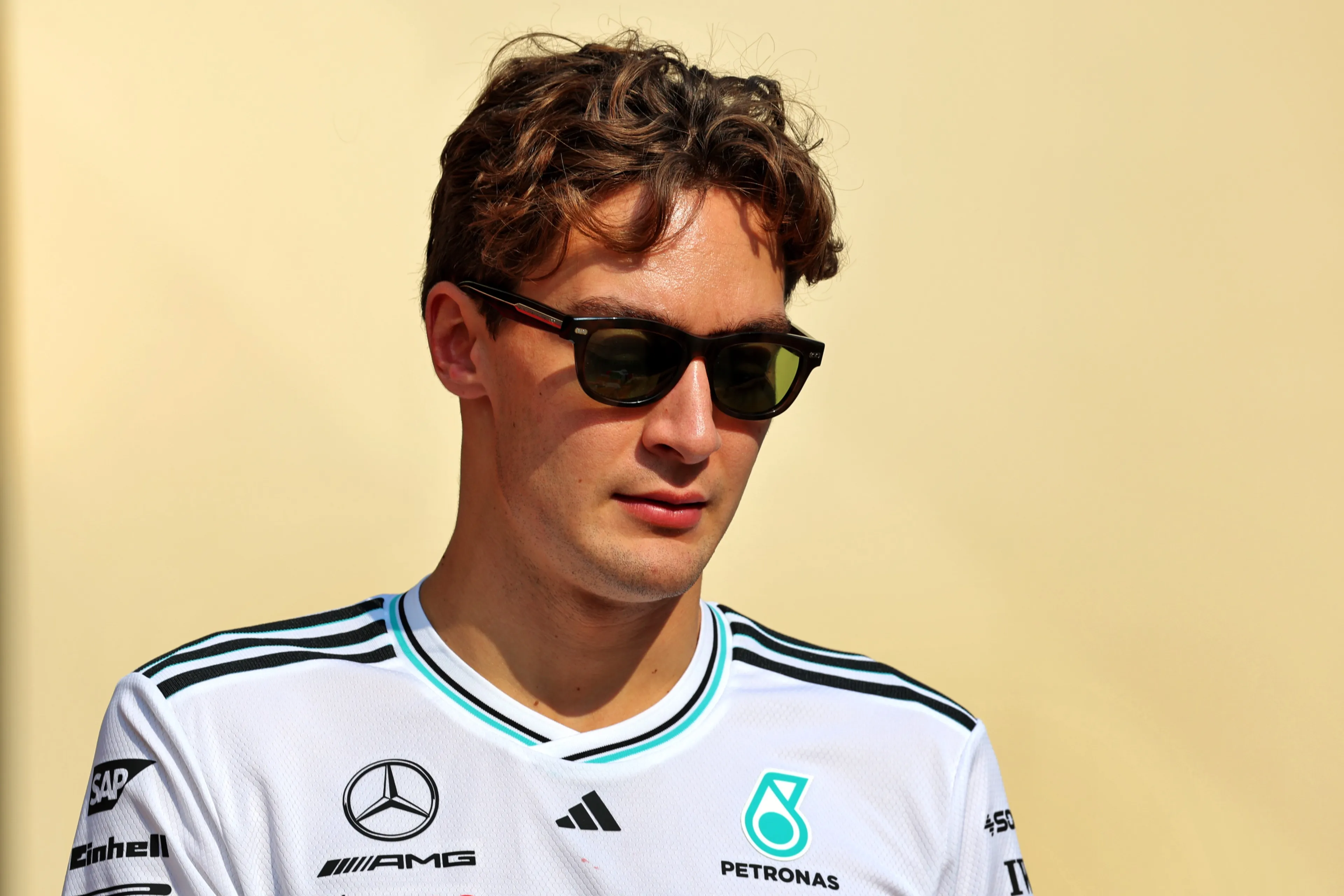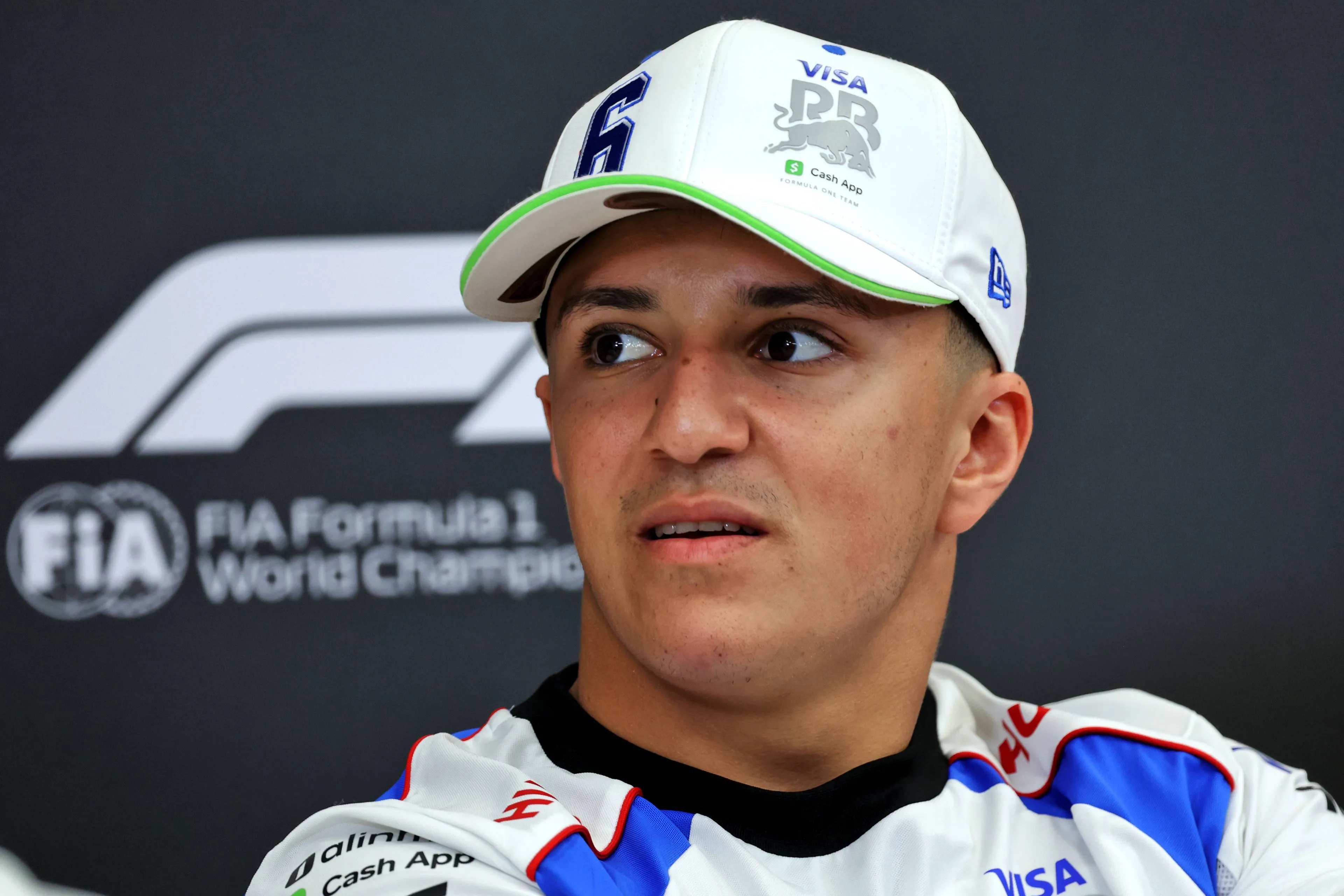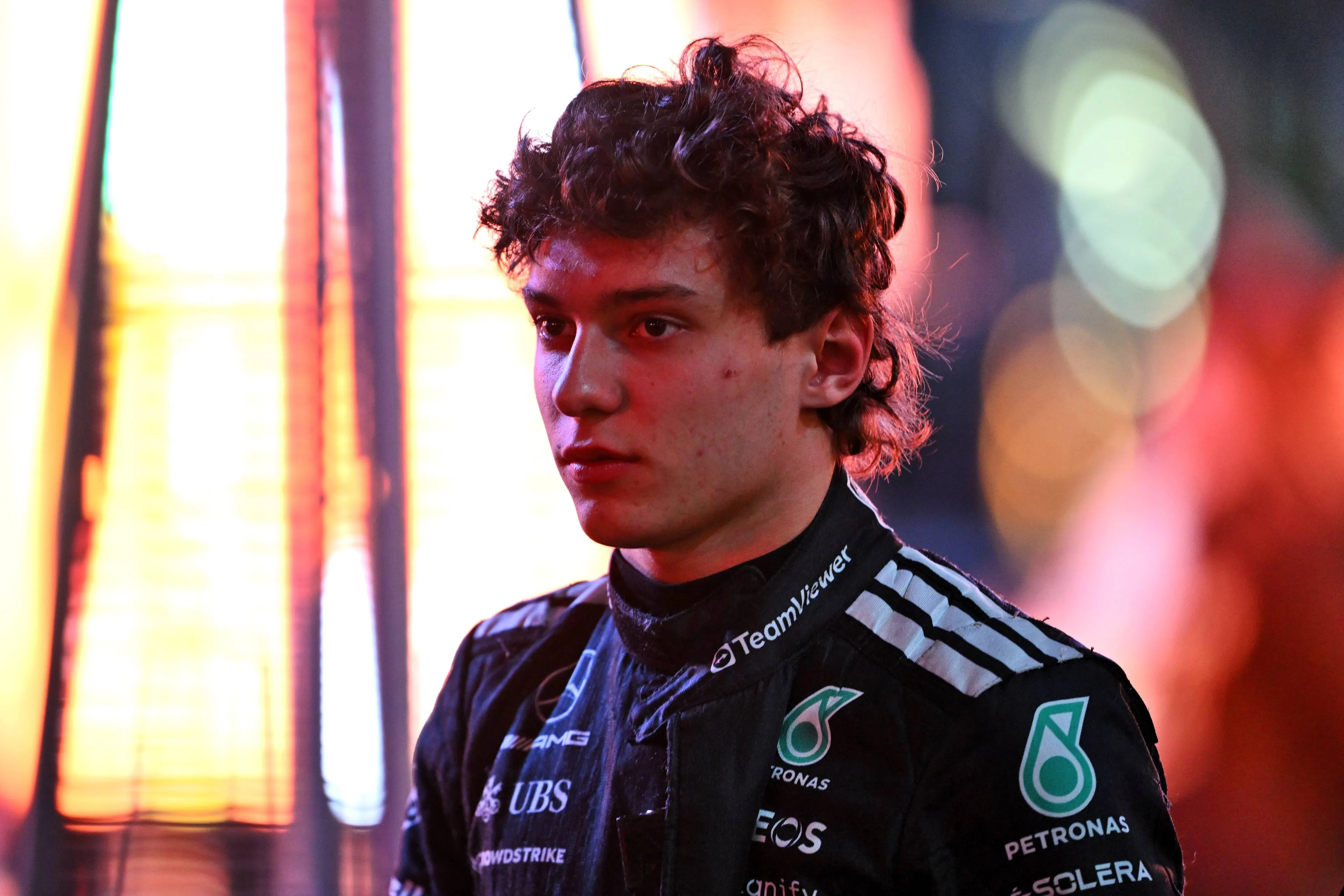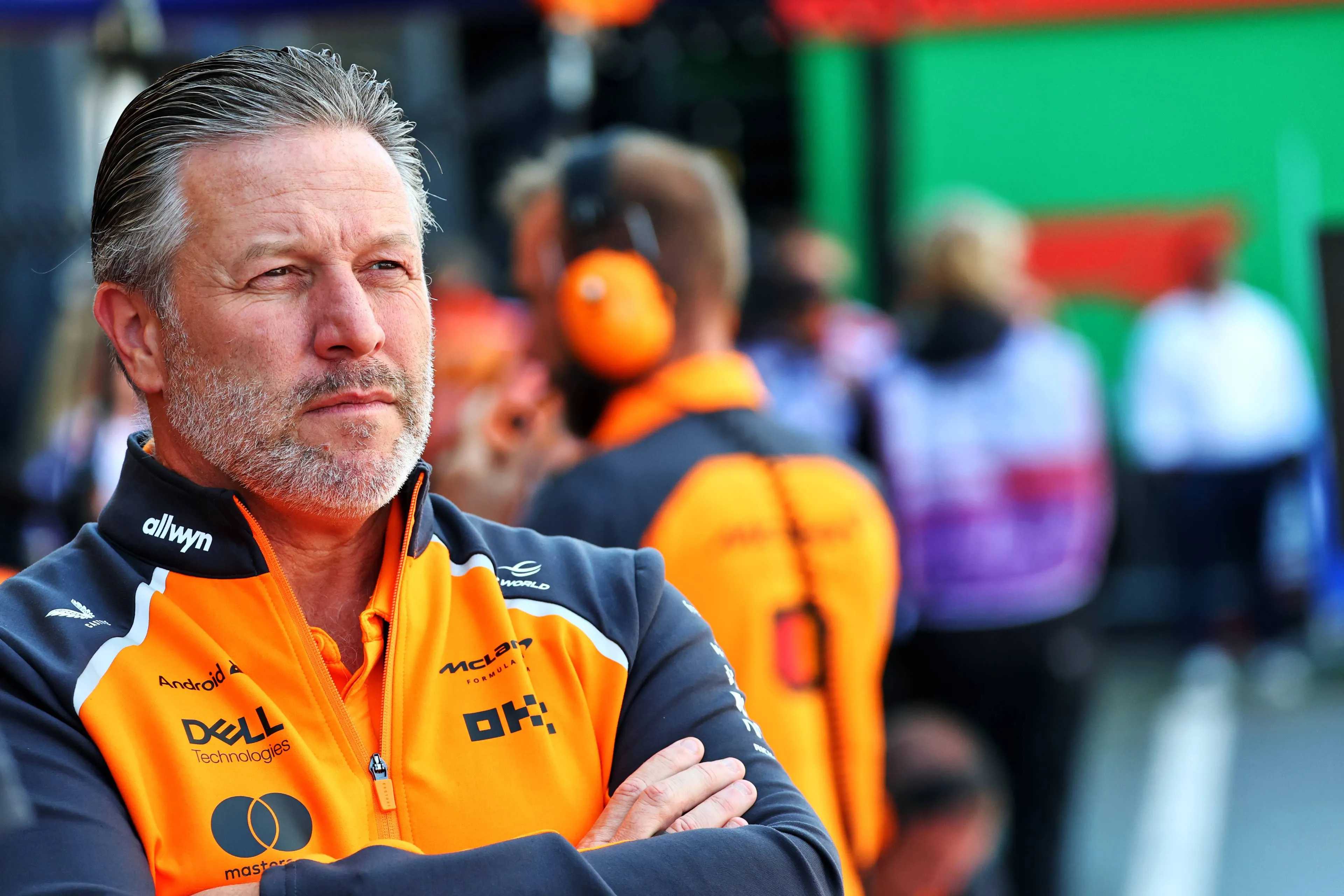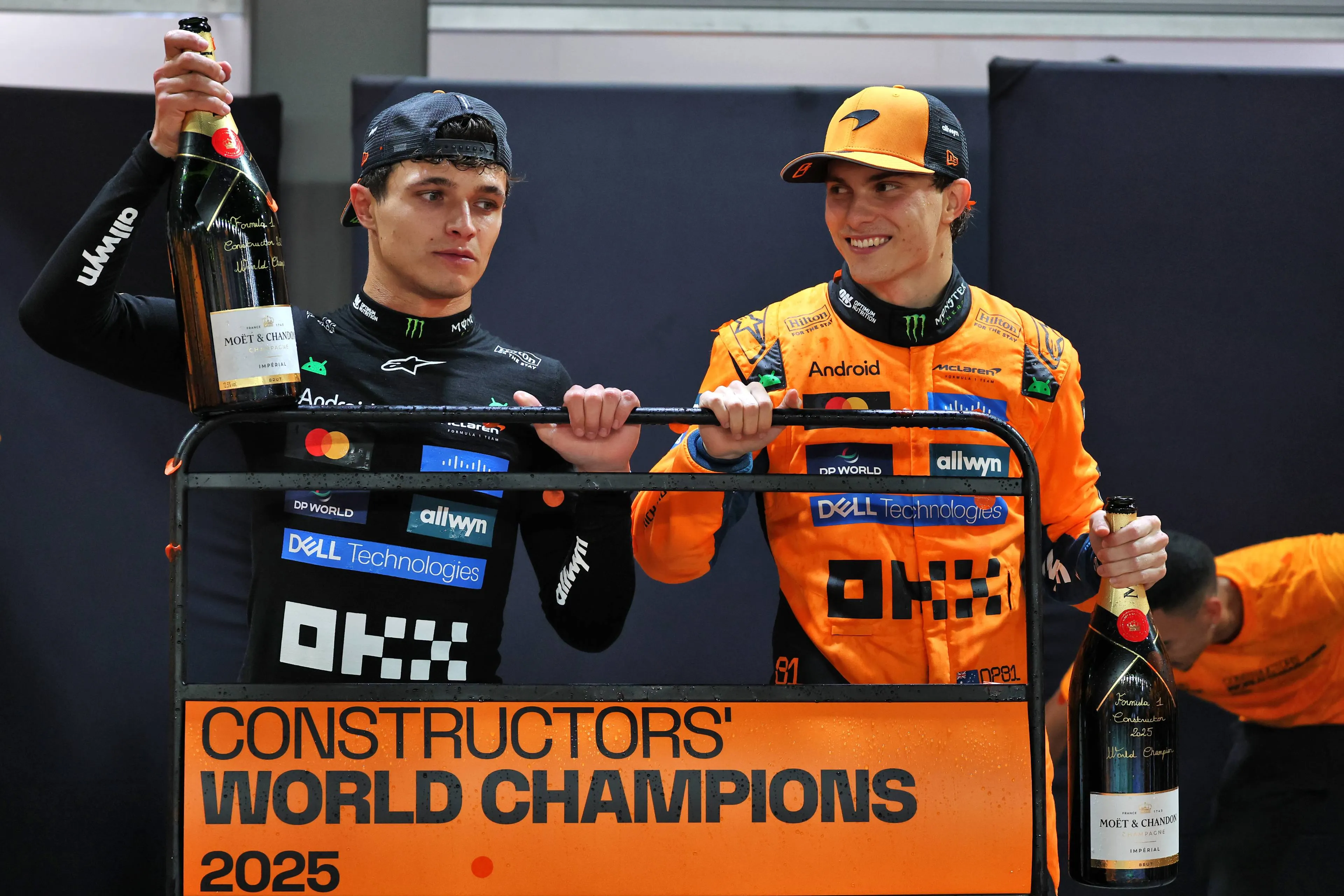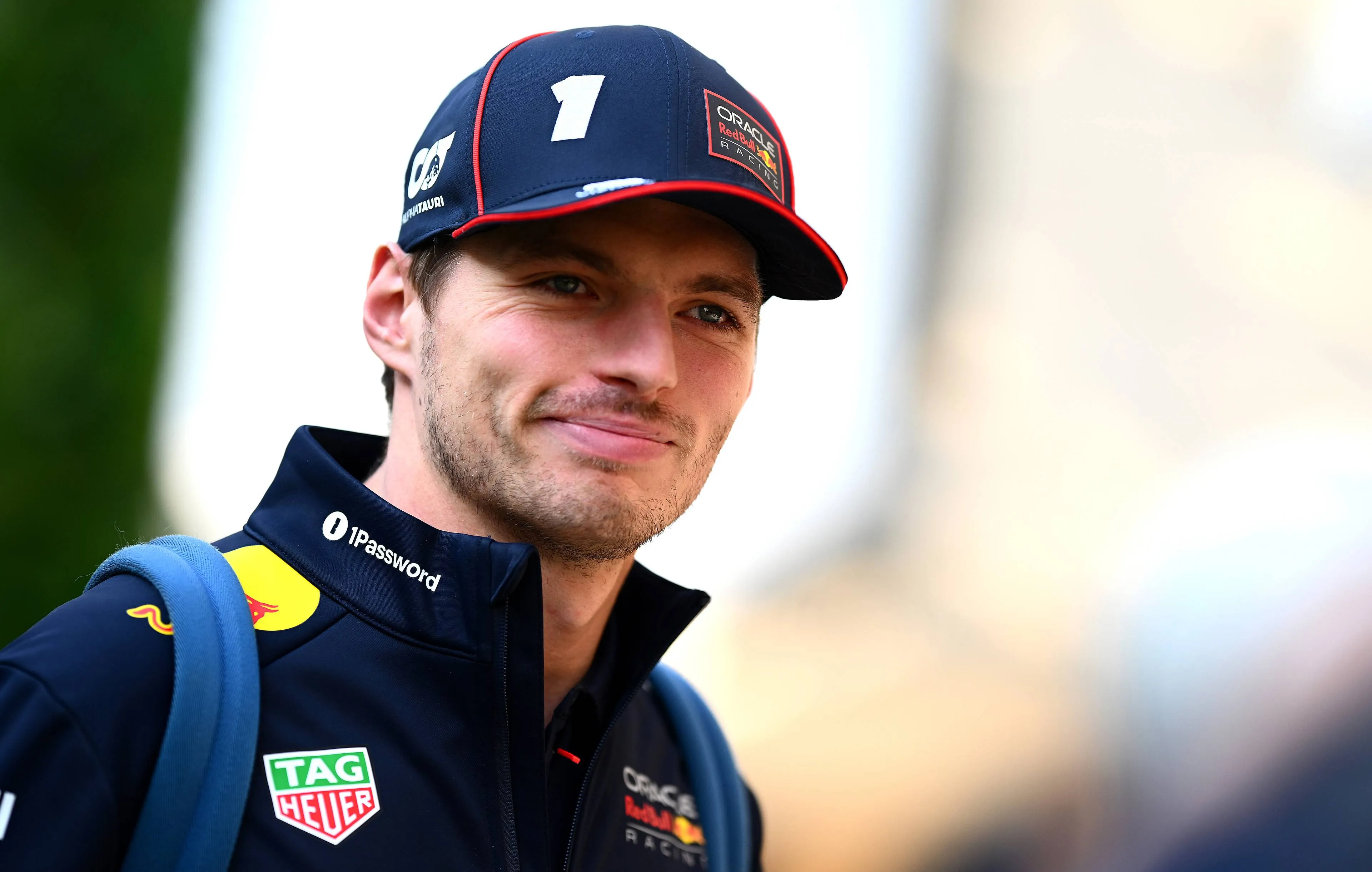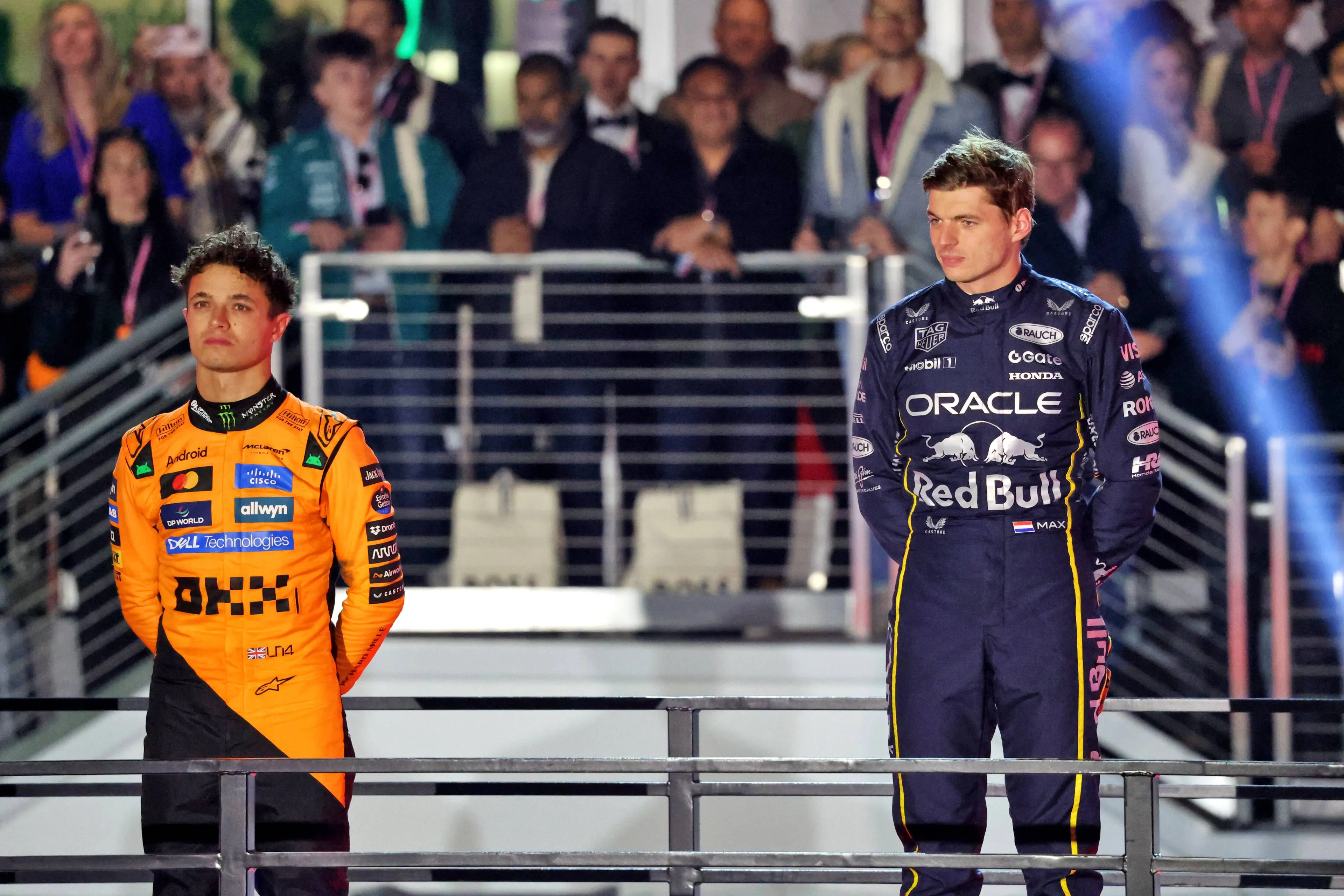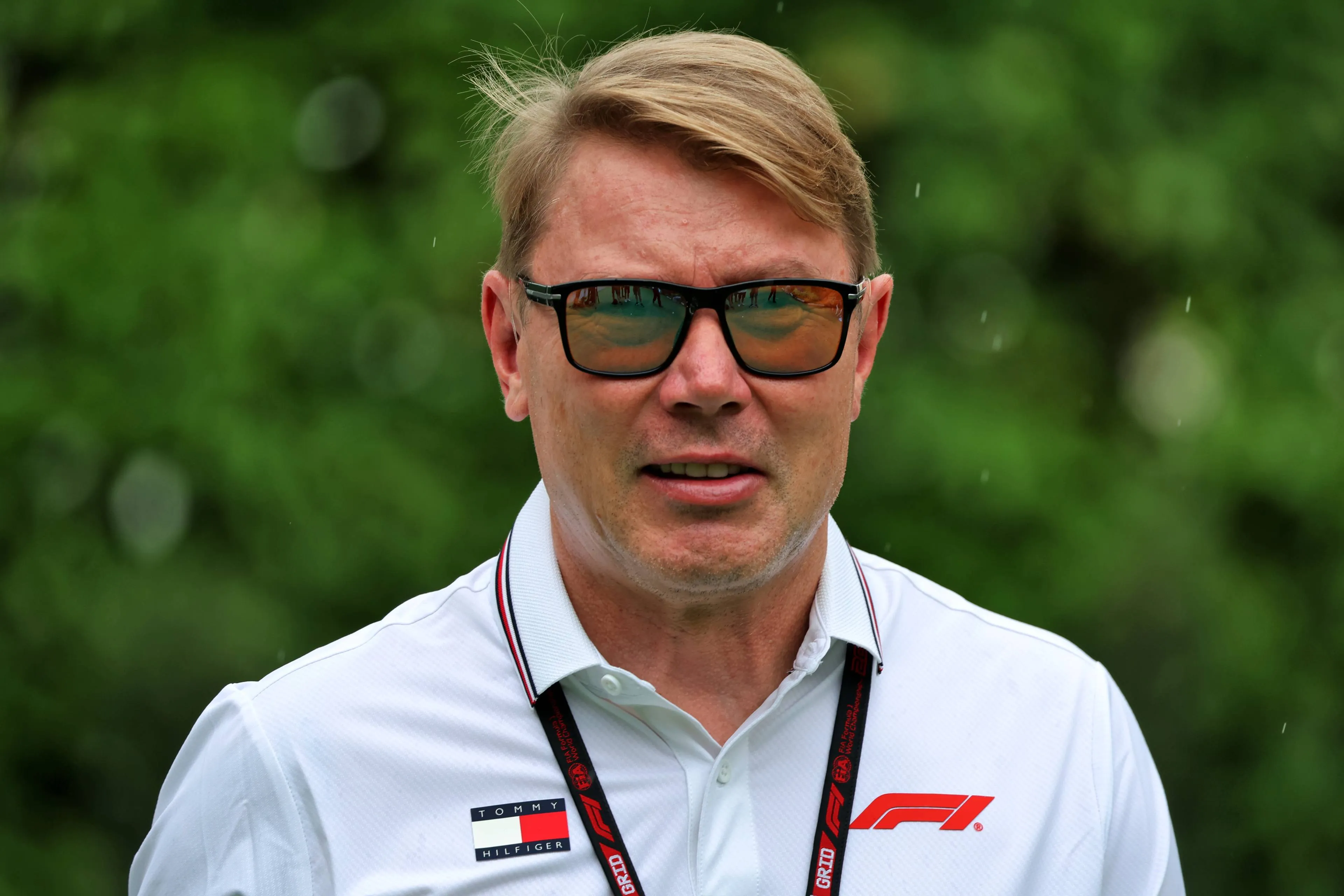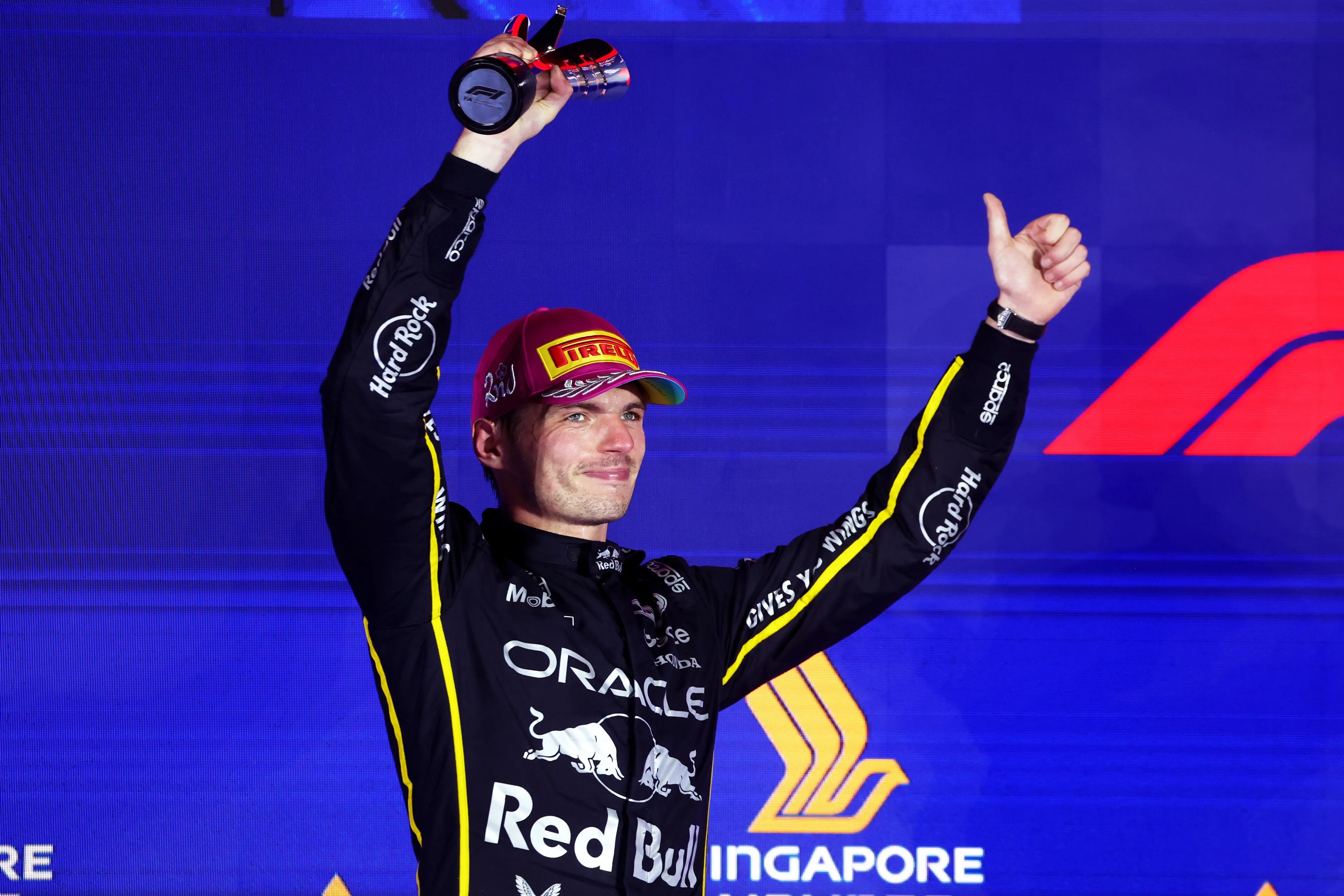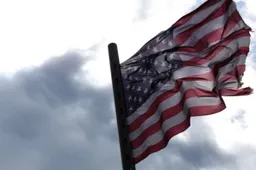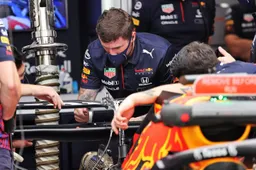For round two of F1 2022, the paddock returned to the streets of the Jeddah Corniche Circuit to play host to another Saudi Arabian Grand Prix. While there was certainly excitement on-track, there was certainly a concerning off-track narrative taking place. We take a look at the event and assess what happened while drawing conclusions as to what the potential responses will be.
Context
Saudi Arabia sits as one of the four, long-term Middle Eastern fixtures on the F1 calendar (along with Bahrain, Qatar & the United Arab Emirates). Concerns were raised from fans when the announcement was in late 2020 as to the circuit’s design & overall safety. Many believed that the circuit architecture would result in high-speed crashes with close barriers, increasing the possibility of horrible outcomes from racing incidents and loss of car control.
The Houthi-Saudi conflict began in 2015 between the Yemeni Houthi forces and the Royal Saudi Armed Forces. This ongoing conflict has a long and complex history resulting in sporadic marks of conflict. One of which was felt most significantly when the Formula E paddock was present for the DiriyahE-Prix from the 26th to the 27th of February 2021. During the presentation of the awards on the 27th, a Saudi Arabian Patriot missile was sent up to neutralize what was suspected to be a Houthi missile, doing so and helping to protect the community within the area.
The concerns
In qualifying for the 2022 Saudi Arabian Grand Prix, Mick Schumacher suffered a horrible shunt in Q2 after losing the car on the rumble strip, before it careered heavily into the wall. Schumacher was seemingly ok but still taken to the local hospital for several medical checks, before being given the all-clear. However, the car was damaged so extensively that Haas chose not to exhaust resources in the rebuild, electing to only field teammate Kevin Magnussen’s car for the Sunday race.
For the second free practice session on Friday before, a missile was seen to strike not too far from the circuit, causing a considerably large fire. This missile was also suspected to be of Houthi origin, causing a major fire at the Aramco oil storage centre, but thankfully resulting in no casualties. After this, a meeting was called up between the race stakeholders, team principals, organisers and drivers, in which a discussion over two hours was commenced. After the said meeting, F1 elected to continue the event after assurances of safety from the government and organisers.
What now?
F1 does not have an easy way out of this situation. The contract has been drawn up and Saudi Arabia is set to stay for the medium to long term in the sport. While F1 can theoretically cease its return to the venue immediately on the grounds of the potential risk to the F1 paddock, they clearly don’t believe it’s the case after the Saturday meeting (stated in the previous section). F1 will now have to bat away controversy in electing to cease the Grand Prix in the now warring nation of Russia, but continue to race in an area with evident conflict, two seemingly contradictory actions. F1 will certainly need to assess the situation as it evolves on a monthly basis and seriously considers their options once the contract runs down, communicating with all stakeholders possible (finance, management, organisers, teams, drivers and fans around the world). Saudi Arabia is an exciting place to visit and the region has 70% of their population under 30, putting it an exciting prospect for the local people and fans all over the world. However, it must be done so to ensure that no one could possibly be in harm’s way from conflict.
As for the circuit design, well changes can still come. Between 2021 and 2022, some circuit modifications were executed, aiming to improve driver safety and the ability to see clearly within the new cars. Simulations and driver feedback will continue, to help ensure that the track hosts a better design to comfort drivers, teams and fans. Some limitations do exist, as the street circuit modifications will result in changes for the local populace as well, but hopefully, the safety improvements can continue.
Read more about:
Popular on GPBlog
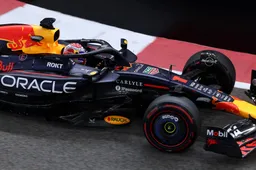
1
Three drivers with a 'new' number: This is the entry list for '26
2755 times read
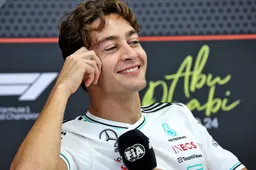
2
Russell hits the slopes with partner Carmen Mundt after 2025 season
2576 times read
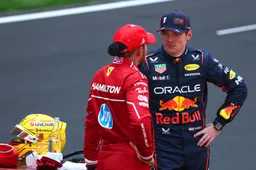
3
Hamilton's disastrous season at Ferrari hurts Verstappen a great deal
1622 times read
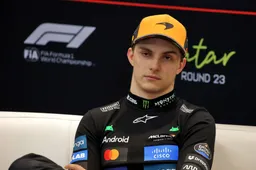
4
F1 LIVE | Piastri in talks with other teams, Verstappen explains new number choice
1479 times read
Loading


